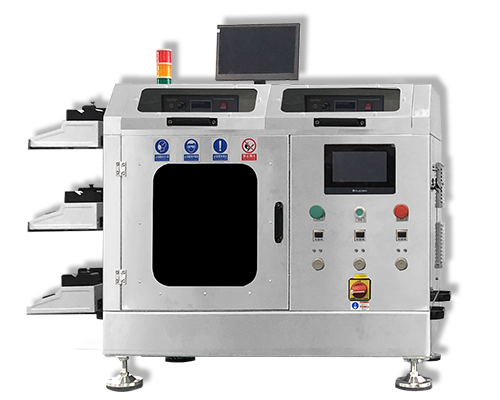Spray Coating Stents
Spray Coating Stents – Ultrasonic Nozzles for Stent Coating – Cheersonic
Implantation of stents into arteries using balloon angioplasty has become an accepted technique in the treatment of arterial disease involving narrowing or partial occlusion of blood vessels. The stent is a tubular, mesh-like structure for mechanical flexibility and long-term durability. Typically, they are laser cut from metals such as stainless steel or nitinol. Coronary stents are 1.5 to 3 mm in diameter and 15 to 30 mm long. Once implanted in a diseased artery, the stent’s job is to keep the vessel open, allowing blood to flow normally. The stent is implanted with the use of a balloon catheter, which consists of a hollow tube about one meter long, terminated by an uninflated rubber balloon, where the stent is placed. When the target site is reached, the balloon is inflated by pressure through the hollow catheter, which expands the stent, thereby opening the arterial wall at that site. The balloon is then deflated and the balloon catheter removed. Obviously, this implantation technique requires a high degree of flexibility of the stent.
At present, ultrasonic precision atomization spraying technology is considered to be an ideal preparation method for drug-eluting stent coatings. Ultrasonic precision atomization spraying technology can reduce the use of liquid medicine, and evenly coat every corner of the stent, and there will be no orange peel phenomenon. The stent is placed on a rotating mandrel, and the ultrasonic nozzle is mounted above the stent. The shaft not only rotates, but also moves back and forth, so the ultrasonic nozzle can spray every side of the bracket. The diameter of ultrasonic spray droplets is 0.5-2mm, so the coating is relatively thin.

